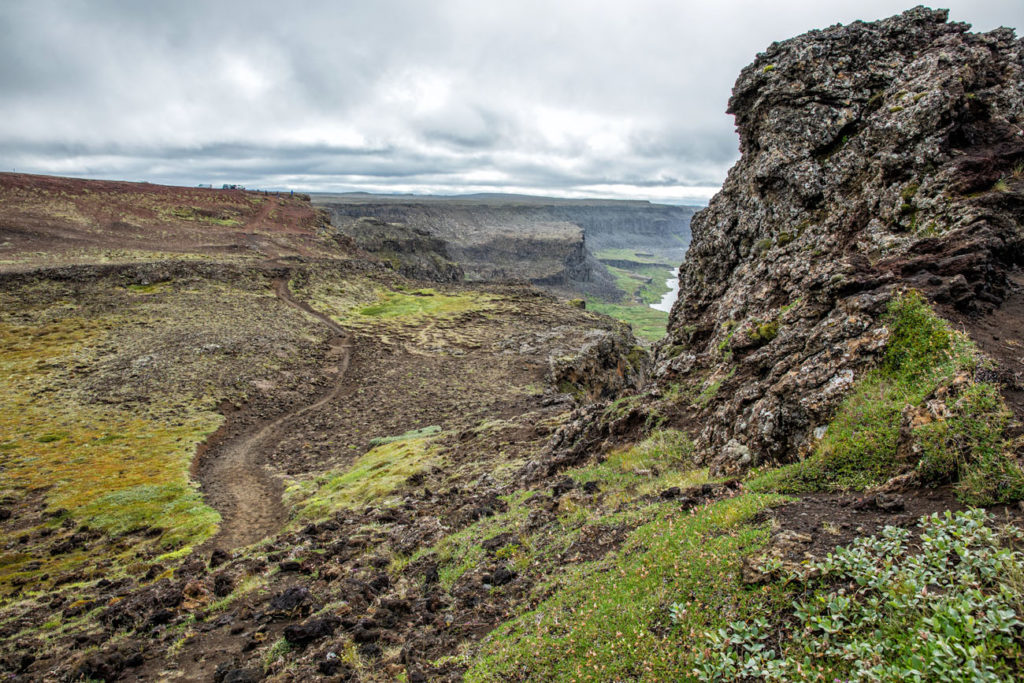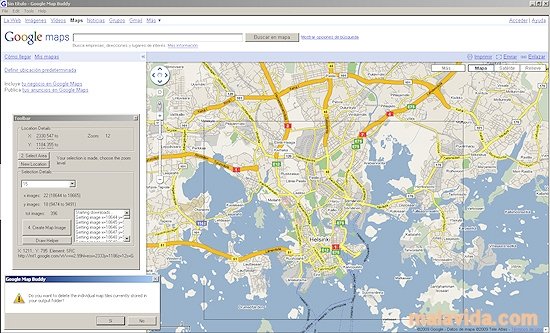

We have created a variety of Iceland traveler maps to help you plan your perfect trip, such as the best routes around the country, the most beautiful waterfalls, and where to go in Reykjavik. This is where an Iceland sights map would come in handy.

Find out exactly What to Do and Where to Go in Iceland.Discover the Best Attractions by the Ring Road of Iceland.
#Google map selfloss how to#
Should you stay in one place, take day tours, or head to a different city every night? Where can you find the most beautiful natural wonders, what are the main sites around where you’re staying and how to reach the best tourist attractions in Iceland? Most guests want to know what to do and where to go before they arrive. We point towards the potential of these dimensions to contribute to a reframing of debates around creativity and dementia.Organizing a holiday in a foreign country can be overwhelming, especially if you haven’t been before. In this paper, we propose a critical approach to understanding such forms of creativity in this context, comprised of six dimensions: everyday creativity power relations ways to operationalise creativity sensory and affective experience difference and reciprocity. However, in emphasizing more traditional forms of creativity associated with the arts, more mundane forms of creativity that emerge in everyday life have been overlooked, specifically with regard to how such creativity is used by people living with dementia and by their carers and family members as a way of negotiating changes in their everyday lives. Such practices have been advanced as socially inclusive activities that help to affirm personhood and redress the biomedical focus on loss and deficit. In recent years there has been a growing interest in person-centred, ‘living well’ approaches to dementia, often taking the form of important efforts to engage people with dementia in a range of creative, arts-based interventions such as dance, drama, music, art and poetry. All along, the facilitator needs to reflect critically on his/her own perceptions, beliefs and experiences to be able to develop and revise his/her practice. Knowing how to adapt the content and instructional approaches so they are suitable for participants is essential and requires knowledge of the special needs of the participants, such as dementia and limitations in physical abilities. A good facilitator masters the topic of the activities and knows instructional methods. The starting point is to reflect one's perception of older adults and design learning targets that are suitable for them. The role of the facilitator of creative activities is crucial. The pedagogical model was co-created iteratively during the project to reach the potential of enhancing well-being with craft activities. The pedagogy was created following the practices of action research during an international Handmade Wellbeing project, with partners from Finland, the U.K., Austria, and Estonia. This paper looks at the elements of appropriate craft pedagogy in this context.
#Google map selfloss full#
Notwithstanding the research findings, the opportunities provided by creative activities are not utilized to their full potential in care settings. These factors are important for older adults and their well-being, especially for those who need extensive care. Engagement in making can enhance mood and help to preserve identity as an enabled and developing person. Research has revealed that creative activities such as craft-making offer mental and physical stimulation and enable connection with the wider world.


 0 kommentar(er)
0 kommentar(er)
